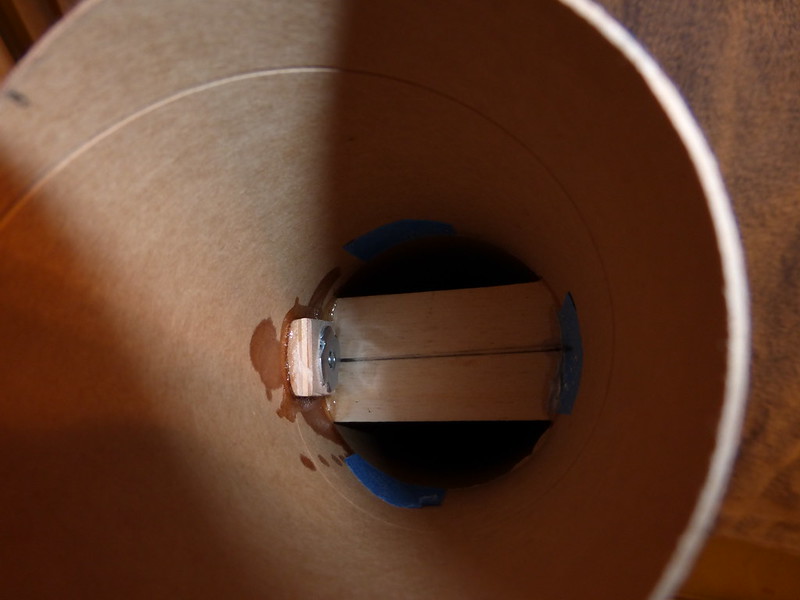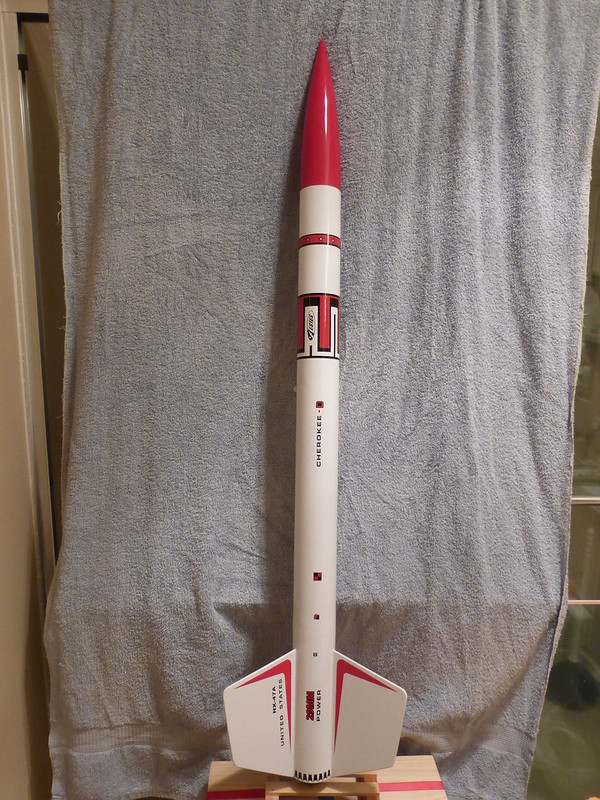Construct_VA
Well-Known Member
My wife got me the Estes Partizon kit for Christmas....whoop..whoop....It seems to be similar to the Estes Argent kit. I plan to use this for both mid power and high power (once I achieve certification) so I will be doing some of the modifications that have been suggested for the Argent. One thing I am not sure about is nose weight. Do I need to add additional weight? If so, any idea how much?
I'm sure I will have more questions as the build progresses. Thank you in advance for your help.
I'm sure I will have more questions as the build progresses. Thank you in advance for your help.

















